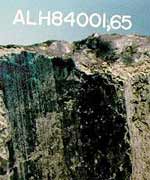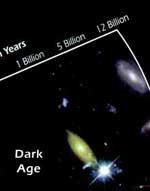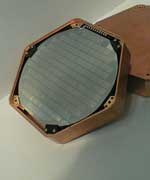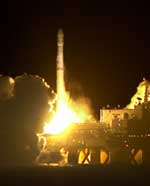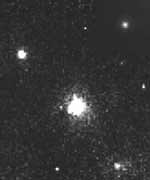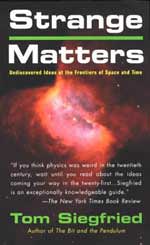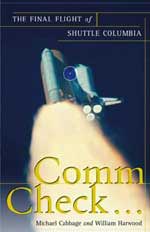
The seven-member crew of space shuttle Columbia was a picture perfect cross section of humanity. It included a range of ages, both sexes, a number of ethnicities and several nationalities. Each person was a very talented individual who was excelling in their chosen vocation. Almost all were living out a childhood fantasy of travelling in space. However, their goal was not that of personal glorification but rather of being a participant of the much larger space exploration effort undertaken by NASA, the United States and other world governments. These astronauts realized that they were a beacon for young and old alike; a symbol of what cooperation and skill can achieve. Their hopes, as well as the hopes of their families who were waiting at the landing site, were dealt a serious blow when Columbia didn’t return.
Of course, the shuttle relies on more than just the seven astronauts. Its related workforce totalled about 17,500 people of whom over 90% were contractors. These people were responsible for processing the shuttle before each flight and ensuring that the flight went smoothly. Here is where the main cause of Columbia’s failure arose. The people who were making these decisions were becoming over confident with every successful flight. In particular they were neglecting the fact that the shuttles were still designated as experimental. The mindset appeared to change from proving that the shuttle was ready to fly to one of proving that there was an anomaly that would make the shuttle unflyable. For example standing requirements for meeting readiness to flight were being challenged due to semantics rather than considering the safety implications. Expediency was replacing safety as the mantra of the day and this was a dark foreboding for the experimental shuttle.
Though the CAIB and this book share many of the same concerns about the accident, the authors raise a more fundamental one regarding NASA’s very existence. This concern centres on the political climate that now engages NASA. In the beginning, NASA was a political instrument with the very singular task of landing people on the moon and safely returning them to earth before the year 1970. Yes, in their time they had trials and disasters, but they were focussed and, more importantly, they had the support of the politicians words and especially the budget allocations. NASA succeeded in their task and deserved all the accolades given them.
Today NASA is drastically different. It has no singular goal and it seems to drift from one purpose to the next, as depending on the whim of the party in power. Further, most politicians happily vouch their support for space exploration yet almost yearly force a decrease in NASA’s budget. On top of this, NASA has gotten itself into a program bind. The shuttle’s reason for existence is to build the International Space Station (ISS). Yet the goal of the station itself appears to be mostly to provide rationale for the shuttle’s existence. Neither have strong justification for existence on their own nor do either have an apparent succession plan other than complete replacement. Through an executive order the shuttle is forbidden from launching commercial satellites and when flown for experiments, as Columbia was, there is precious little justification for the $500 million launch cost. NASA is unfocused and unsupported and needs to pull together to define a goal which would clearly places a value on programs, schedules and safety.
Cabbage and Harwood have written an engaging text that strongly focuses on the people directly involved with Columbia’s final flight. Part of it is like a testimonial to the crew and clearly we see the sacrifice made by the crew. I like the chronological narration particular in the rendition of what happened while Columbia was flying in orbit and the ground crew thought there was a problem but couldn’t prove it.
However though there was a lot of personal information sometimes it was excessive. The text contains the complete academic background and most of the career progression of the main individuals. Further, this information appears to be copied straight from a dossier rather than determined from personal interviews. I would have preferred more insight into the person’s feelings than their work accomplishments.
In Comm Check… The Final Flight of Shuttle Columbia, Michael Cabbage and William Harwood co-author an easy to read book that portrays the main people involved with the Columbia accident and the events surrounding it. Though there is no vilification of any person, and none appears to be due, there is a sense that something is not quite right at NASA. Reading this book will remind you of the sorrows of the second loss of a shuttle and will also give you a feeling of how close the United States is to cancelling any future human space flight. This would be a significant decision and reading this book may help you decide where you want to vote on this issue.
Read more reviews, and find similar books from Amazon.com
Review by Mark Mortimer

